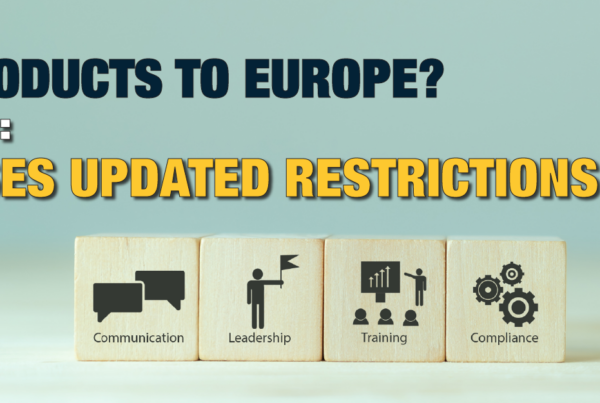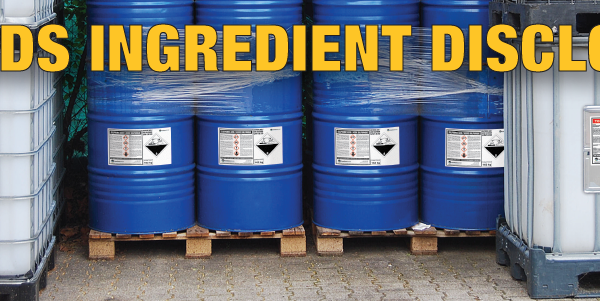REACH stands for Registration, Evaluation, Authorization, and restriction of Chemicals. This United Nations (UN) law took effect June 1, 2007 and falls under the ECHA (European Chemicals Agency). REACH requires the registration of approximately 30,000 chemical substances produced in or imported into the European Union (EU). It places greater responsibility on industry to develop information on and manage the risks that chemicals may pose to human health and the environment.
The main goals of REACH are to ensure a high level of protection of human health and the environment from the risks that can be posed by chemicals, the promotion of alternative test methods, and the free circulation of substances on the internal market and enhancing competitiveness and innovation. REACH places the burden of proof on companies. To comply with the regulation, companies must identify and manage the risks linked to the substances they manufacture and market in the EU. They have to demonstrate to ECHA how the substance can be safely used, and they must communicate the risk management measures to the users.
REACH impacts on a wide range of companies across many sectors, even those who may not think of themselves as being involved with chemicals, Including: Chemical Manufacturers, Importers, downstream users (customers) and companies outside the EU. The responsibility for fulfilling the requirements of REACH, such as pre-registration or registration lies with the importers established in the European Union, or with the only representative of a non-EU manufacturer established in the European Union.
REACH legislation is being phased in over an 11-year period. Companies had until December 1, 2008, to pre-register qualifying substances. Pre-registration gives companies up to 10 years to complete the full registration process while continuing to market their products. The deadline for full registration depends on the volumes (tonnages shipped) and, in some cases, the hazard rating of the substance. Higher hazard and volume substances must be registered by December 2010, moderate volume substances by June 2013, and low volume substances by June 2018.
There are 5 main components to REACH:
- Pre-registration: Companies registering the same (or toxicologically similar) substances in touch with each other to enable the sharing of data to ascertain the hazards and risks of a substance.
- Registration: requires manufacturers and importers of chemical substances (≥1 ton/year) to obtain information on the physicochemical, toxicological and environmental toxicology of their substances, and use it to determine how these substances can be used safely.
- Evaluation: The ECHA will provide guidance on what further tests should be conducted to ensure that there is a robust data set available for the substance in question. One of the aims of REACH is to reduce the level of animal testing carried out.
- Authorization: Authorization will be required for substances of very high concern (SVHC) to human health and the environment such as Carcinogens, Mutagens or Reproductive Toxins; and Persistent, Bioaccumulative and Toxic substances.
- Restriction: The EU can impose restrictions and prohibit or set conditions for the manufacture, placing on the market or use of certain dangerous substances or group of substances when unacceptable risks to humans or the environment have been identified.
In principle, REACH applies to all chemical substances; not only those used in industrial processes but also in our day-to-day lives, for example in cleaning products, paints as well as in articles such as clothes, furniture and electrical appliances. Therefore, the regulation has an impact on most companies across the EU as well as countries that export to the EU.
For more information visit: ECHA/REACH website
We have all the products, services and training you need to ensure your staff is properly trained and informed.
GHS Publications
UN Model Regulations
Safety Data Sheet (SDS) Services





Bob: Nice read. I always wanted to know what REACH was. Thanks for this article,
Your co-worker in Niagara,
Lynne Smith